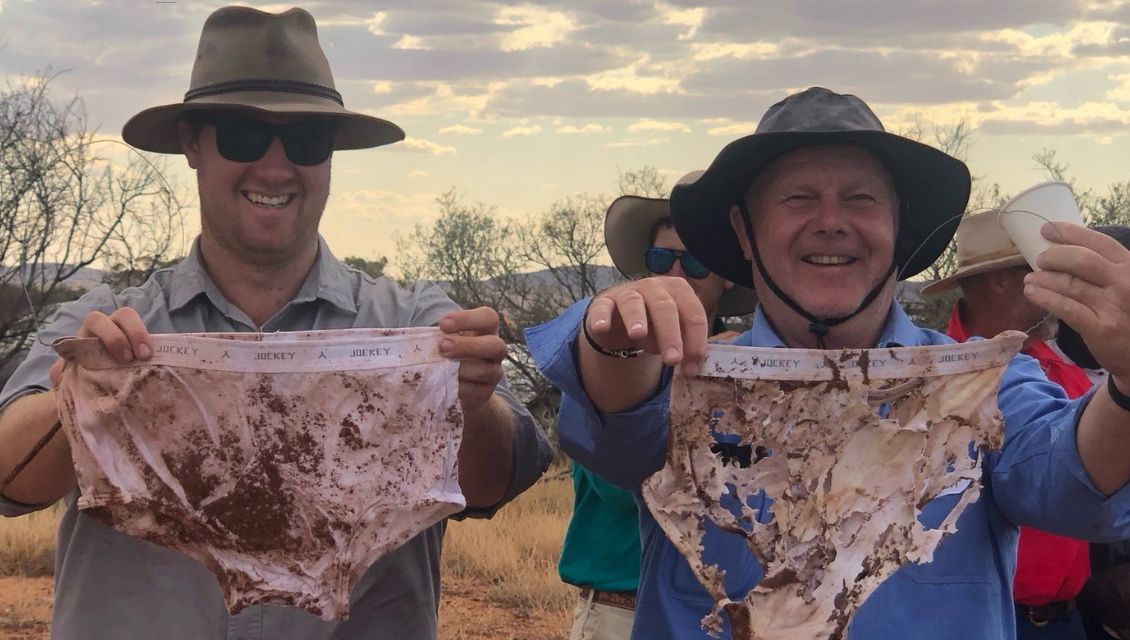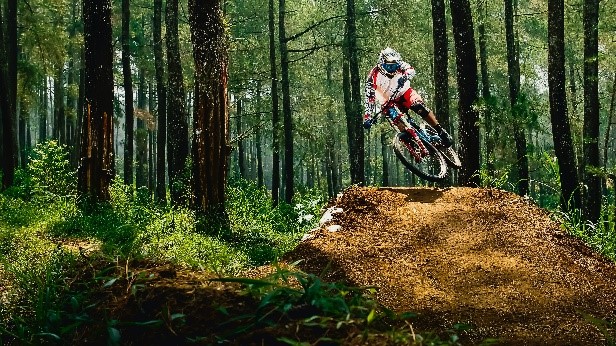
Flinders Island, off South Australia’s rugged West Coast, was once home to a range of native species, including wallabies and bandicoots.
Their fate was sealed when pest species found their way to the island in the mid-1900s, with the Australian animals unable to compete with introduced predators likes cats and rats.
Now, thanks to a $4.8 million investment from the state and federal governments, the footprints of native creatures like the banded hare-wallaby will once again be found in the sands of Flinders Island.
At nearly 4000ha, Flinders Island is South Australia’s fourth-largest island and is surrounded by the Investigator Group Marine Park protected area.
It features 50km of diverse coastline and native vegetation covering about 75 per cent of the island, making it an ideal haven for some of our threatened species.
The project will commence shortly with a pest eradication program to allow for the reintroduction of a number of threatened native animals, some of which once inhabited the island.
The island is privately owned by the Woolford family, who are dedicated to creating a space for threatened species and are working with a skilled team of ecologists to enhance the island’s ecosystem.
Currently, visitors from around the world visit the island to appreciate its stunning natural environment and play a key role in protecting the island from unwanted pests and diseases.
Targeted eradication operations will run until December 2025 in an attempt to rid the island of feral cats, rats and mice.
The baiting operations will occur outside of shorebird and seabird breeding seasons.
Subfossil remains of native mammals, including the tammar wallaby and southern brown bandicoot, indicate the diverse range of small mammals that once inhabited the island but became extinct there after the pests were introduced in the mid-1900s.
In South Australia, more than 1100 plant and animal species are listed as threatened under SA’s  National Parks and Wildlife Act. Since European settlement, an estimated 73 species have become extinct in South Australia.
National Parks and Wildlife Act. Since European settlement, an estimated 73 species have become extinct in South Australia.
The Federal Government is investing $3.8 million for the project under its $224 million Saving Our Native Species program, with the remaining $1 million provided by the State Government through the Eyre Peninsula Landscape Board.
The board’s general manager Jonathan Clark said the organisation was proud to be a part of the project.
"This is a significant opportunity to lead by example in South Australia to develop and test the methods for large scale island and safe haven best practise rodent and feral cat control," Mr Clark said.
"It is wonderful to see investment in the region working closely with the Woolfords and the local Elliston community to ensure the long-term conservation of Flinders Island, recognising the importance of the island as a Safe Haven climate critical habitat.
"The project realises the critical need to provide refuge and offer long-term opportunities for species to adapt and persist, particularly working with landowners in a modern conservation model."
Jonas Woolford said his family was excited by the potential of Flinders Island to be a haven for endangered species.
"It has been many years in the planning for us, transitioning from farming to tourism and conservation," Mr Woolford said.
"We really appreciate collaborating with the Commonwealth and South Australian governments to achieve this massive project and mutual objective.
"Sharing the conservation results with a like-minded community is our intention - being mindful that to ensure the legacy and investment of this project, biosecurity by us and all visitors is our ongoing responsibility."







